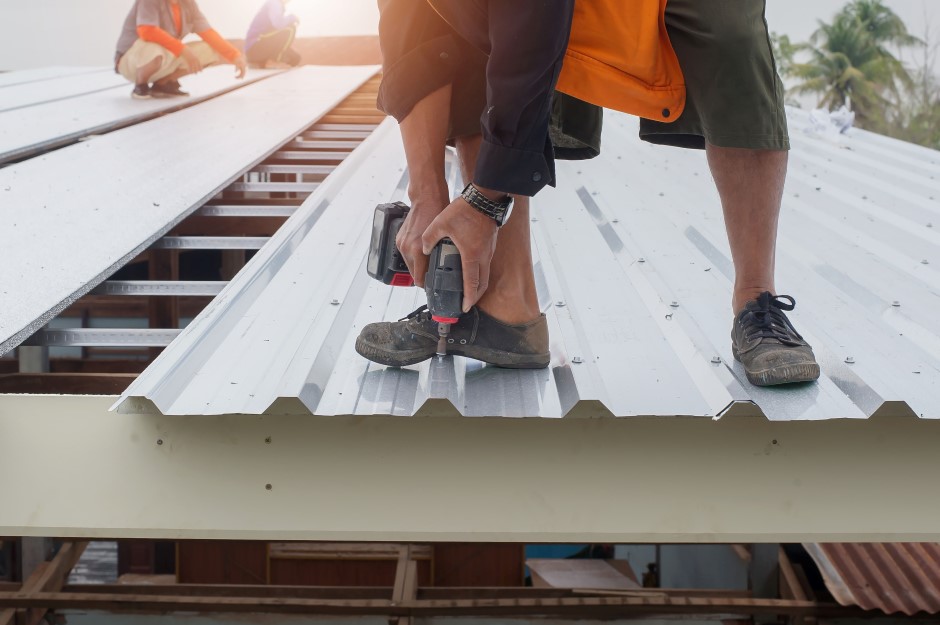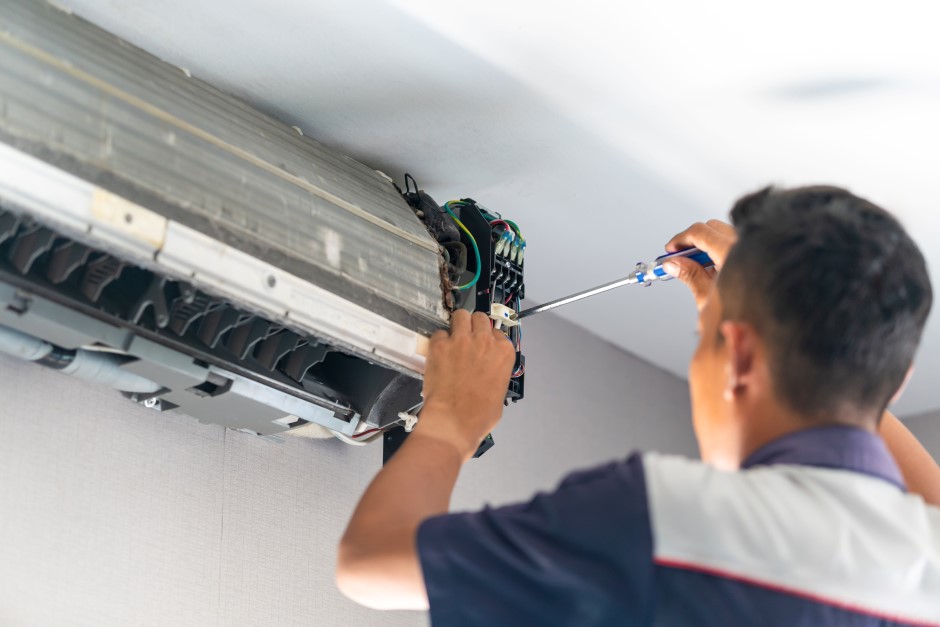
When the winter is fast approaching, you'd want to make sure that everything in your home is running smoothly. The last thing you want to do is trying to repair something outdoors in the midst of freezing temperatures. In this article, we are going to give you an easy checklist to help you prepare your home for the cold season.
“Music brings a warm glow to my vision, thawing mind and muscle from their endless wintering.” - Haruki Murakami
Heating System
When the cold months arrive, you're obviously going to use a heating system. Hence, it's only natural to start with said unit. To capitalize on this, perform a "test run." You'd want to make sure that everything is good to go. If there's something not right, or if you suspect that something is up, you'd want to fix the issue as soon as possible.
How to test your heating system:
- Turn off the boiler or thermostat
- Turn that back on
- Be sure that the unit is working
- Wait about 15 minutes
- Turn it off again
To do the test, just set the thermostat in heat mode. Set it to 80 degrees for testing purposes. You only need to run the system for a few minutes. It's best that you do this during the fall season. Waiting for winter means that you'll be in a long queue for repair services.
Condensing Unit
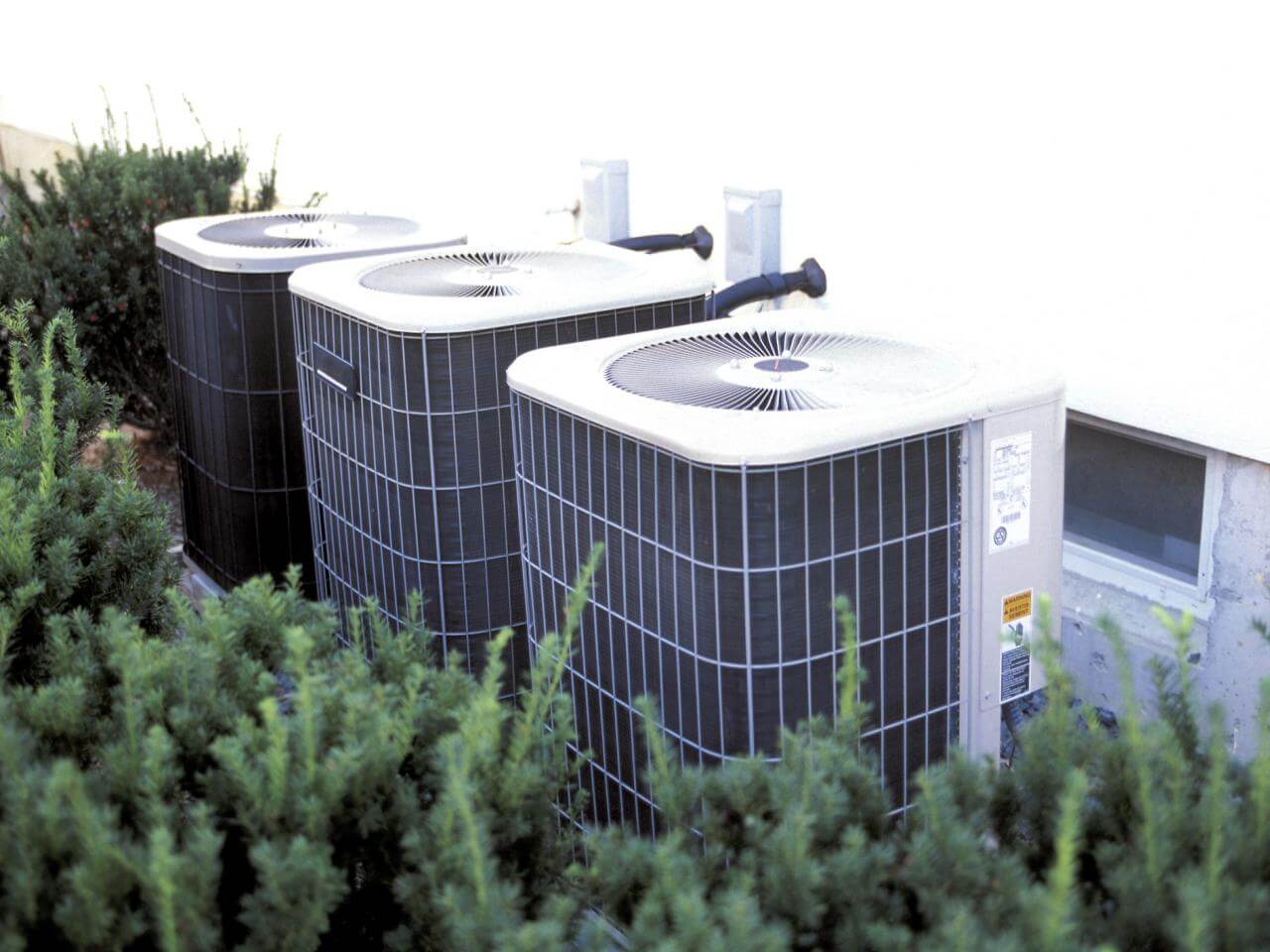
The condensing unit is an important part of the air conditioning system. You don't want to neglect the condensing unit because it's susceptible to damages as it's usually located outside your home. Regularly check the condensing unit and make sure that there are no debris and wet leaves. To clean the condensing unit, use a hose and set it to the highest pressure possible. Focus on the condensing coils and fan blades.
Fireplace
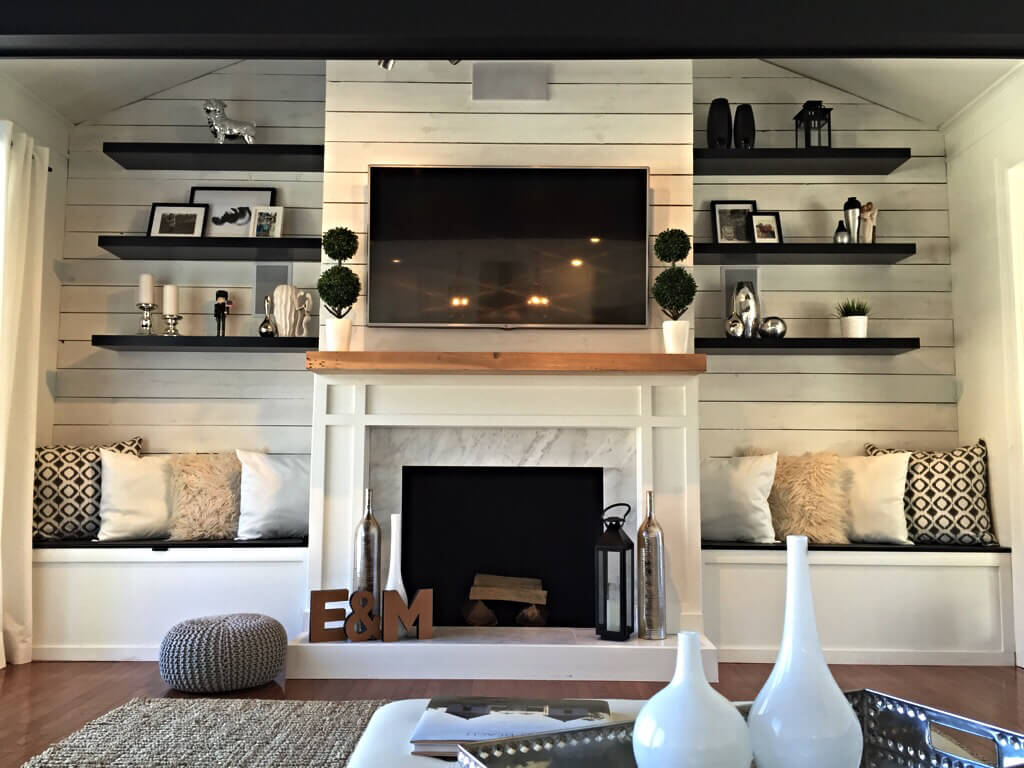
If you have a wood burning fireplace, then it's important that you don't skip on checking it. Most homeowners tend to ignore the fireplace during summer months which can cause a lot of issues when winter arrives.
When checking the fireplace, you'd want to check the chimney for small animals like squirrels and birds. Also, be on the lookout for animal nests. If your chimney hasn't been cleaned in years, you might want to hire a chimney cleaner. Chimney cleaning is not an enjoyable DIY project.
Pipes
You'd also want to check outdoor pipes as these are susceptible to freezing during the winter months. You really don't want frozen pipes as they will lead to burst pipes, which then lead to very expensive repairs. When checking pipes, the most important thing to focus on is the insulation. Make sure that the insulation is not faulty. Exposed water pipes are the leading causes of frozen pipes.
Insulation
Checking for insulation can get complicated, so we'll stick to the easy stuff. Nevertheless, you still need to check it despite its complicated nature because a home really needs it during winter time. What you'd want to do is to check the exterior switch plates and exterior outlets. If the insulation is nonexistent or faulty, you can apply a cheap foam sealing gasket.
If you are not using the fireplace, then check if you have insulation in place that prevents cold air from coming down the chimney. If there's no insulation, you can use fiberglass insulation and just stuff it in the chimney. Be careful though. If you'll use the fireplace, make sure you remove the insulation first.
Windows
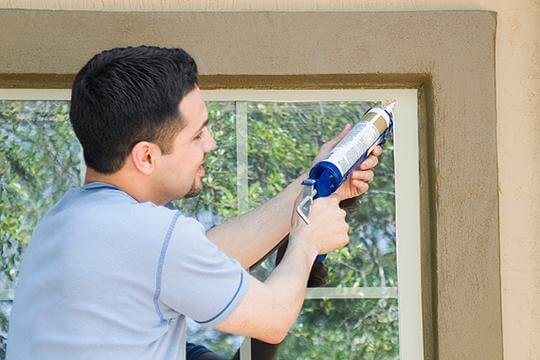
Windows, if left unchecked, will harbor air leaks and will increase your utility bills significantly. To check for air leaks, you can use an incense stick. Light an incense stick and wave it around your windows. Observe the smoke. If it's not going straight up, then you may have an air leak. Also, check the weather stripping and make sure it's in good condition.
Doors
The doors in your home are major sources of air leaks. When checking the doors, focus on the gap between the floor and the door. Make sure it's not too big, or you can seal it off completely with a specialized rug. Just like with windows, make sure the weather stripping is also in good condition.
Related: Are Your Doors and Windows Wasting Energy This Winter?
Like these ideas? Which ones are you going to take to heart? Let us know in the comments below!


